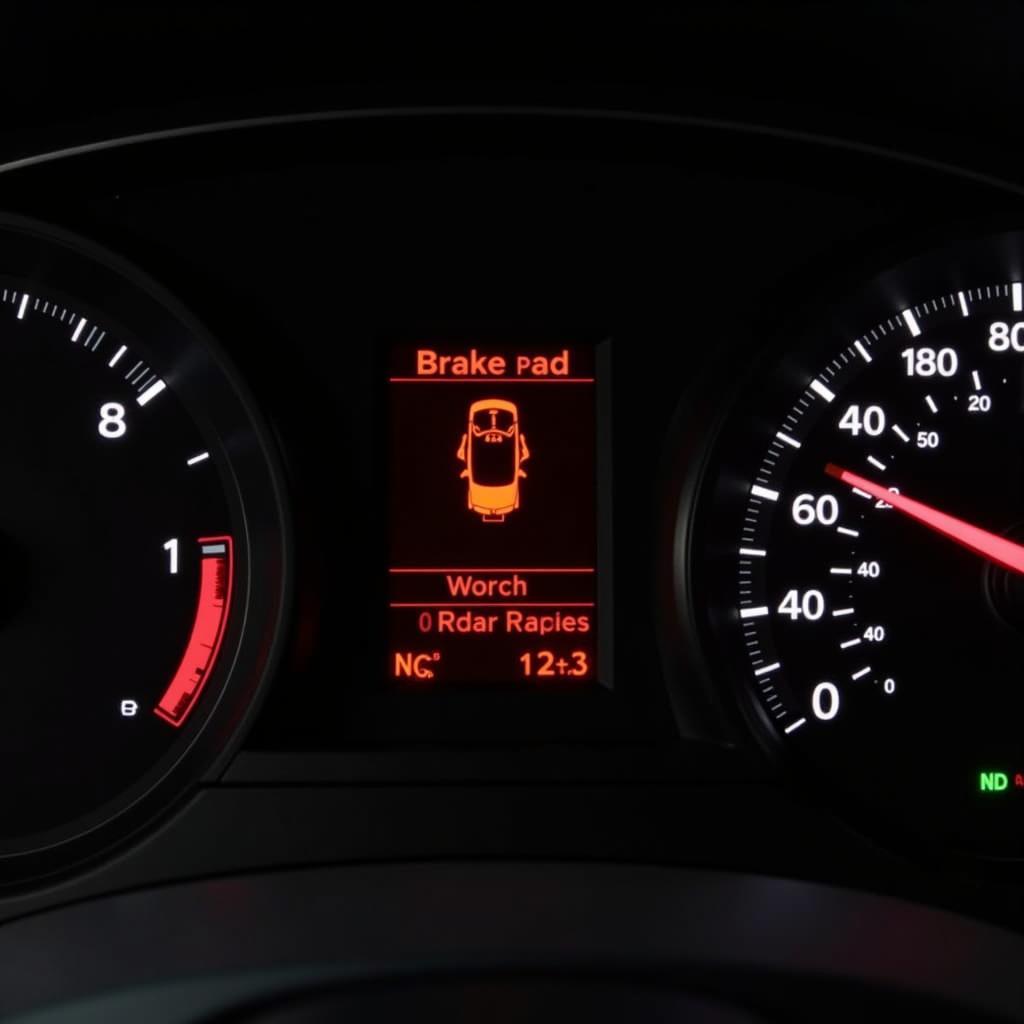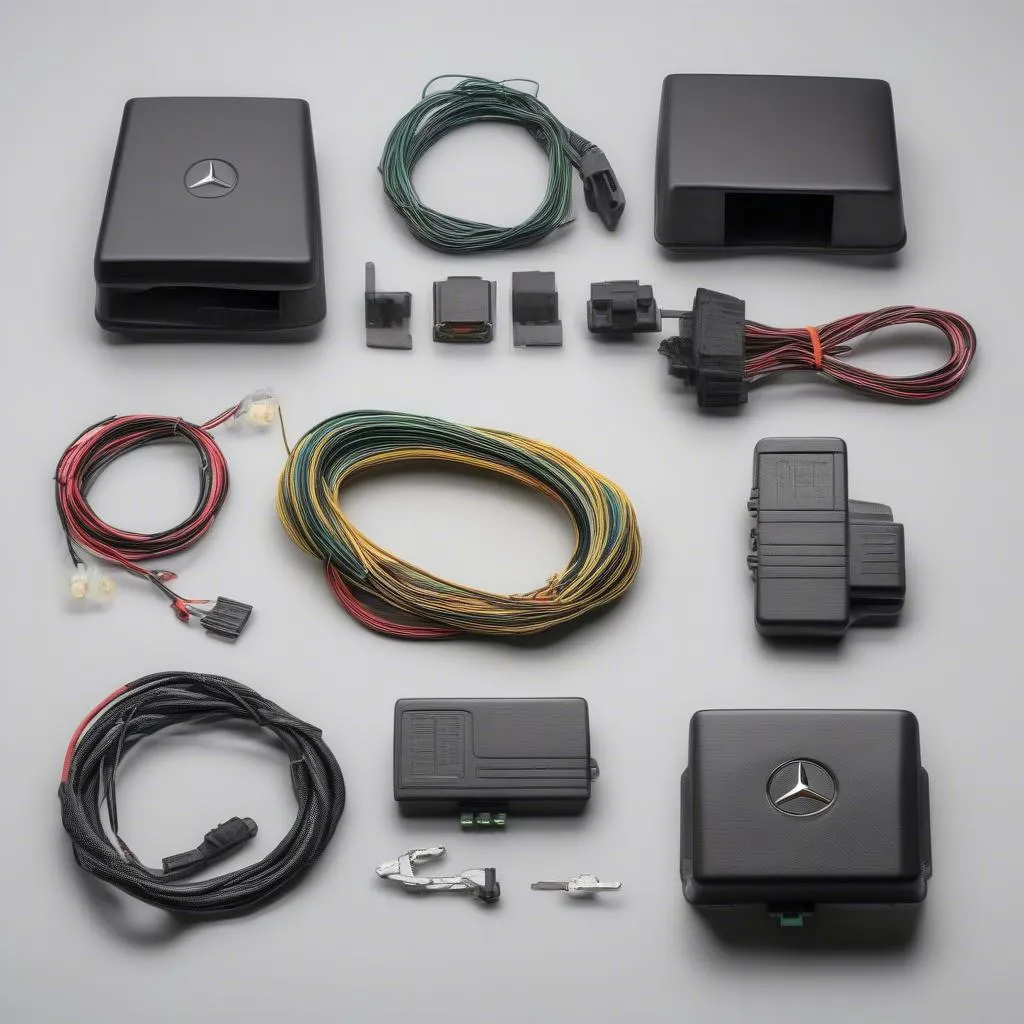A forklift hand brake warning decal is a crucial safety feature found on most forklifts. It serves as a constant reminder to engage the handbrake when the forklift is parked or unattended. Neglecting to apply the handbrake can have serious consequences, potentially leading to accidents, injuries, or damage to property.
Importance of Hand Brake Warning Decals
Forklift hand brake warning decals play a vital role in promoting workplace safety. Here’s why they are so important:
- Increased Visibility: The bright colors and universally recognized symbols on these decals immediately draw attention to the handbrake, ensuring that operators are aware of its location and importance.
- Accident Prevention: By reminding operators to engage the handbrake, these decals help prevent forklifts from rolling or moving unexpectedly, mitigating the risk of collisions and other accidents.
- Compliance with Regulations: Occupational Safety and Health Administration (OSHA) regulations mandate the use of warning decals on forklifts, including those related to handbrake operation. Displaying these decals ensures compliance with safety standards.
Types of Forklift Hand Brake Warning Decals
Forklift hand brake warning decals come in various forms, each designed for specific applications and environments:
- Adhesive Decals: These are the most common type, typically made of durable vinyl with strong adhesive backing for easy application on smooth surfaces.
- Metal Plaques: More resistant to wear and tear, metal plaques are ideal for heavy-duty use and harsh environments.
- Reflective Decals: Enhanced visibility in low-light conditions is achieved through reflective materials that catch and reflect light.
Selecting the Right Decal
Choosing the right forklift hand brake warning decal depends on several factors:
- Forklift Type: Different forklift models may have specific requirements regarding decal size and placement. Always consult the manufacturer’s guidelines.
- Environment: Consider the operating environment. Outdoor forklifts exposed to harsh weather conditions would benefit from durable, weather-resistant decals.
- Visibility Needs: Opt for reflective decals if the forklift operates in low-light areas or during nighttime shifts.
Installation and Maintenance
Proper installation and maintenance are essential for maximizing the effectiveness of forklift hand brake warning decals.
Installation Tips:
- Clean the Surface: Ensure the application surface is clean, dry, and free of grease or debris.
- Apply Even Pressure: Carefully apply the decal, starting from one edge and pressing firmly to prevent air bubbles.
- Check Adhesion: Double-check that the edges are securely adhered to the surface.
Maintenance:
- Regular Inspection: Inspect decals for any signs of damage, fading, or peeling. Replace damaged decals promptly.
- Cleaning: Gently clean decals with a mild soap solution and a soft cloth. Avoid abrasive cleaners that can scratch or damage the decal.
Beyond the Decal: Additional Handbrake Safety Tips
While a hand brake warning decal is crucial, it’s essential to emphasize that it’s just one part of a comprehensive safety approach.
- Operator Training: Proper training for forklift operators should include a thorough understanding of handbrake operation and the importance of engaging it when necessary.
- Regular Maintenance: Routine forklift maintenance should include inspection and testing of the handbrake system to ensure it’s functioning correctly.
- Safe Parking Practices: Operators should be trained to park forklifts on level surfaces and avoid parking on slopes or inclines unless absolutely necessary.
Conclusion
Forklift hand brake warning decals are essential safety components that play a critical role in preventing accidents and ensuring a safe working environment. By selecting the right decals, installing them correctly, and incorporating additional safety measures, you can significantly reduce the risk of handbrake-related accidents and promote a culture of safety within your workplace. Remember, a small decal can make a big difference in preventing potentially serious incidents.


